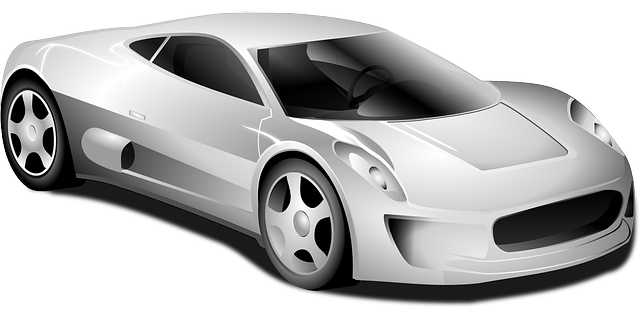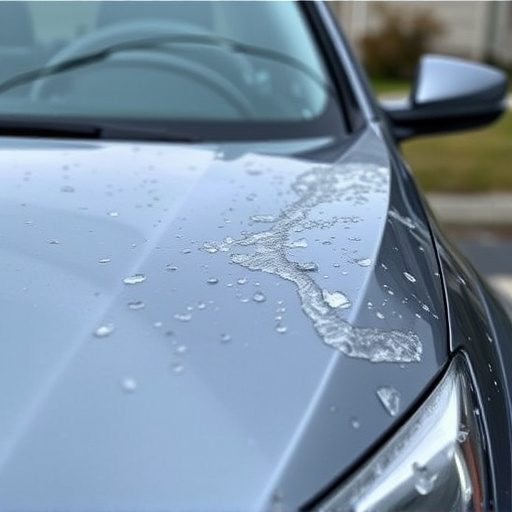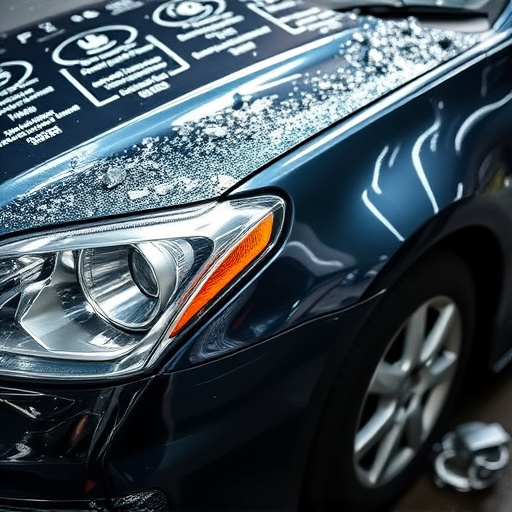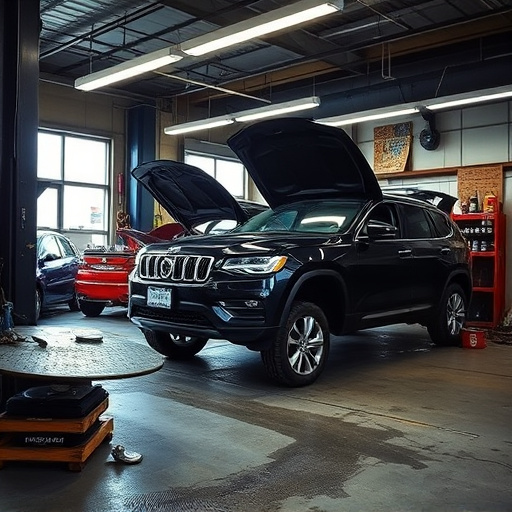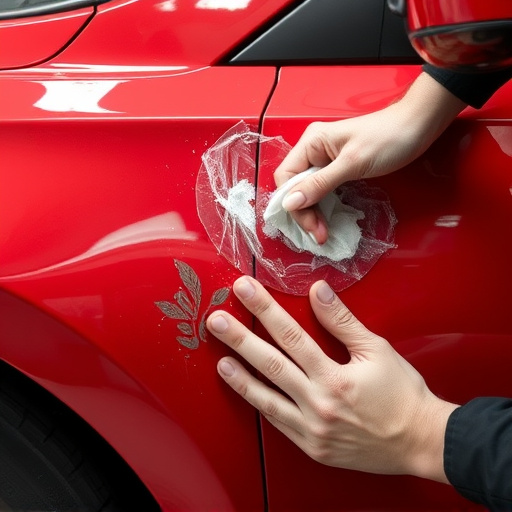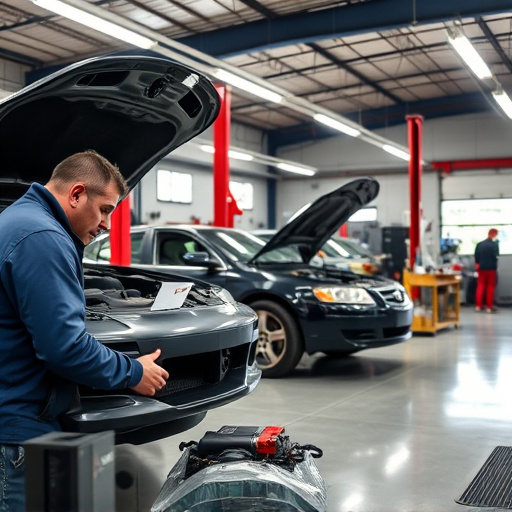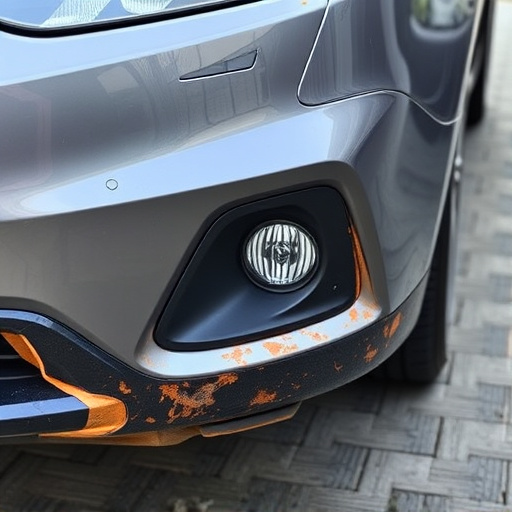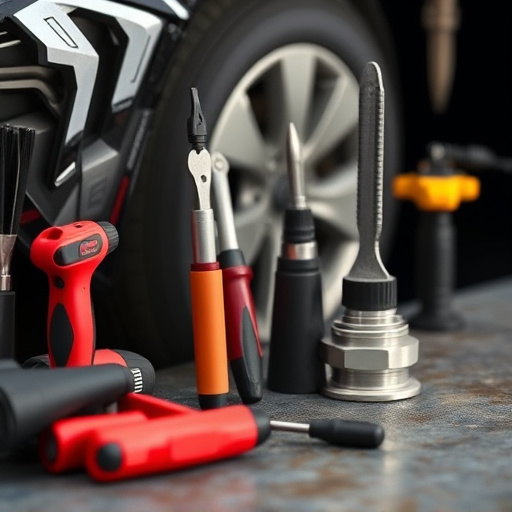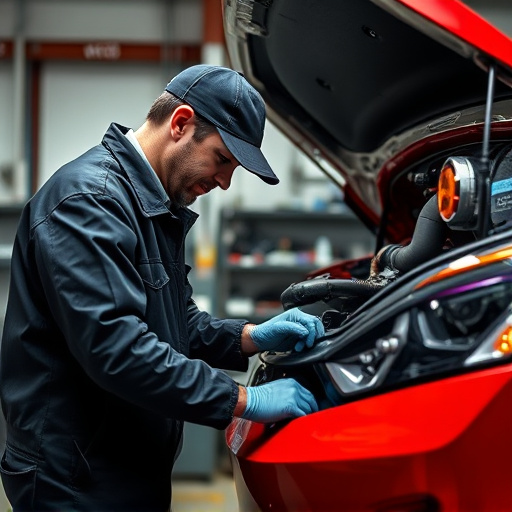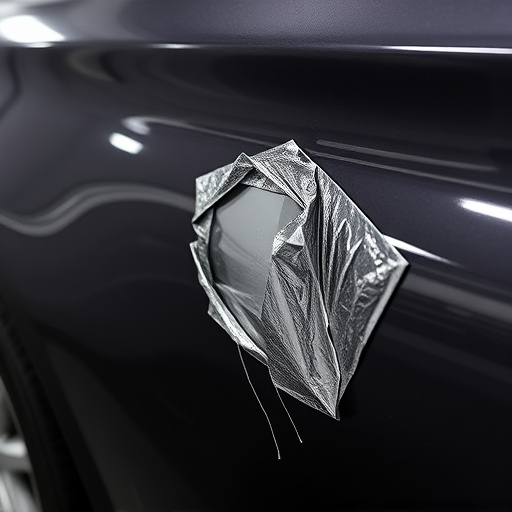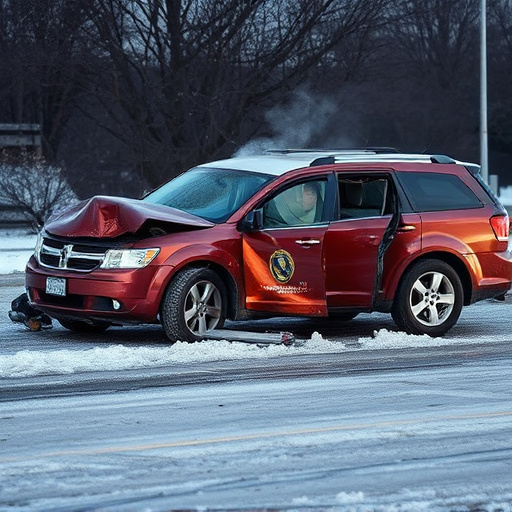The Tesla Airbag System, vital for passenger safety, requires regular maintenance and prompt repairs to function correctly. Diagnosing issues involves inspecting the SRS module for damage or loose connections, addressing sensor malfunctions, and power supply problems. Repairs necessitate specialized tools and knowledge, including scanning for error codes, disassembling components, replacing/repairing parts, reassembling, and clearing error codes with a dedicated reset tool. For complex cases, consulting professional auto repair services is recommended.
“In every modern vehicle, including Tesla models, the airbag system is a critical safety feature. This article guides you through the intricate process of understanding, diagnosing, and repairing Tesla’s advanced airbag systems. From comprehending the complex SRS (Supplemental Restraint System) module to identifying common issues, we offer a comprehensive step-by-step repair guide. Learn how to reset the SRS, ensuring your Tesla maintains peak safety performance. Discover expert tips for troubleshooting and replacing faulty airbags, making you well-equipped to tackle potential problems.”
- Understanding Tesla's Airbag System and SRS Module
- Diagnosing Airbag Issues and Common Faults
- Step-by-Step Guide to Airbag System Repair and SRS Reset
Understanding Tesla's Airbag System and SRS Module
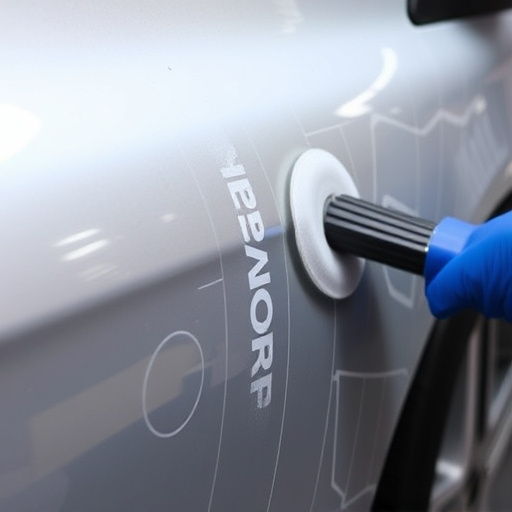
The Tesla Airbag System, a critical component of vehicle safety, is designed to protect occupants during collisions. It involves a network of airbags, sensors, and the SRS (Supplemental Restraint System) module, which plays a pivotal role in detecting and responding to accidents. The SRS module acts as the brain, coordinating the deployment of airbags in milliseconds, ensuring maximum protection.
Understanding how this system works is essential when considering Tesla airbag system repair or SRS module reset. Regular maintenance and prompt repairs are vital to keeping this life-saving technology operational. Whether it’s a scratch repair on the bumper or a more extensive automotive repair service, addressing any issues with the airbag system should be a top priority for Tesla owners, ensuring peace of mind on the road.
Diagnosing Airbag Issues and Common Faults
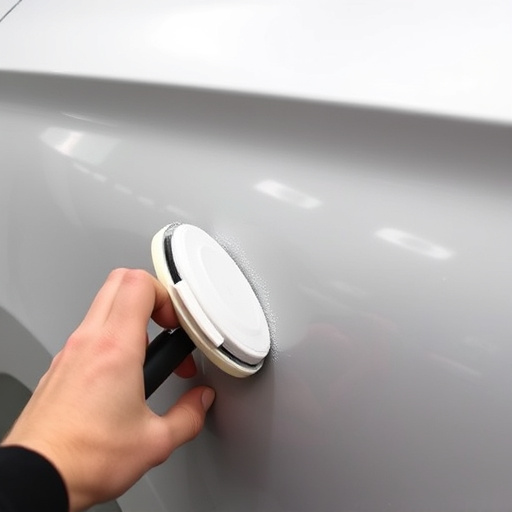
Diagnosing Airbag Issues involves a meticulous process to ensure the safety of Tesla vehicles. The first step is to inspect the SRS (Supplemental Restraint System) module for any visible damage or loose connections, especially after an automotive collision repair. Any signs of impact or disarray could indicate potential issues with the airbag system.
Common faults include sensor malfunctions, where sensors responsible for deploying airbags may fail due to moisture ingress or physical damage. Additionally, power supply problems can cause the SRS module to malfunction, leading to airbag non-deployment. Proper diagnosis requires advanced tools and expertise in car repair services to identify and rectify these issues effectively.
Step-by-Step Guide to Airbag System Repair and SRS Reset
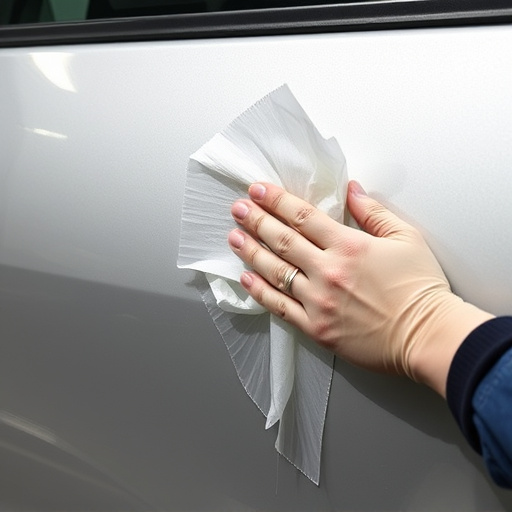
Performing Tesla airbag system repair is a meticulous process that requires specialized knowledge and tools. Here’s a step-by-step guide to help you navigate this task. Begin by ensuring the vehicle is safely secured and powered off. Next, locate the SRS (Supplemental Restraint System) module, typically found under the dashboard or in the engine bay. Using appropriate diagnostic tools, scan for any error codes related to the airbag system.
Proceed with careful disassembly of the affected component, taking note of connections and wiring. Inspect for damage, wear, or debris that might hinder proper functioning. Once identified, replace or repair the faulty part. After carefully reassembling, utilize a specialized SRS reset tool to clear any remaining error codes. This process effectively resets the system, ensuring optimal performance and safety. Remember, for complex cases or to avoid potential risks, consulting professional auto repair services is advisable, even if you’re addressing issues like a Mercedes Benz collision repair or a simple vehicle dent repair.
The intricate Tesla airbag system, comprising the SRS (Supplemental Restraint System) module, demands meticulous care during repairs or resets. By understanding its complex network and following a structured guide, individuals can effectively troubleshoot and resolve common issues. This DIY approach not only saves costs but also empowers car owners to ensure their safety on the road by keeping Tesla’s advanced airbag system in top working order. For any intricate repairs, remember that professional assistance is always an option, especially for those unfamiliar with automotive diagnostics.
